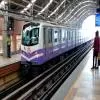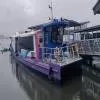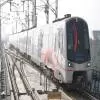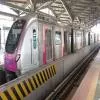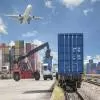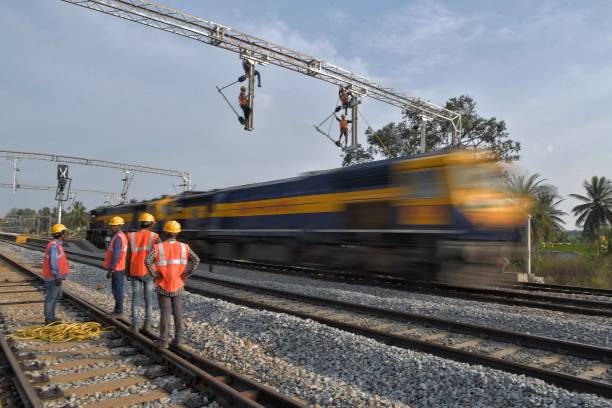
Indian Railways overhauls signalling system to boost safety
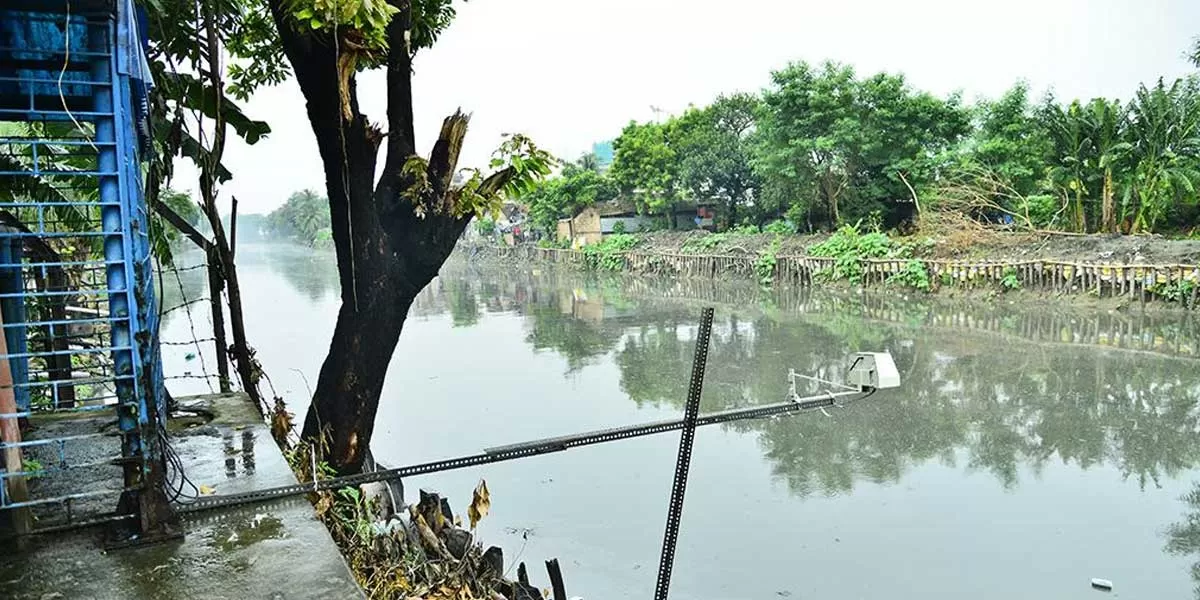
ADB Approves $200 Mn Loan to Strengthen Kolkata’s Infrastructure
The Asian Development Bank (ADB) has approved a $200-million loan to support the development of climate- and disaster-resilient sewerage and drainage infrastructure in Kolkata. The initiative aims to enhance the city's livability, particularly benefiting vulnerable populations, including women and children. This project is part of the Kolkata Municipal Corporation Sustainability, Hygiene, and Resilience (Sector) Project, which seeks to improve sanitation, urban flood management, and overall public health outcomes. Kolkata, one of India’s most densely populated cities, struggles with inadequ..

Mahanadi Waterfront Project to Transform Cuttack’s Riverfront
The State government, in collaboration with urban development authorities and environmental experts, has announced the conceptualization of the Mahanadi Waterfront Project, a landmark initiative aimed at revitalising the riverfront while promoting ecological conservation and urban development. This transformative project will enhance the quality of life for residents, boost tourism, and preserve the river’s cultural, historical, and environmental heritage. A high-level meeting was convened at Kharabela Bhawan, chaired by Dr. Krushna Chandra Mahapatra, Minister of Housing and Urban Developme..
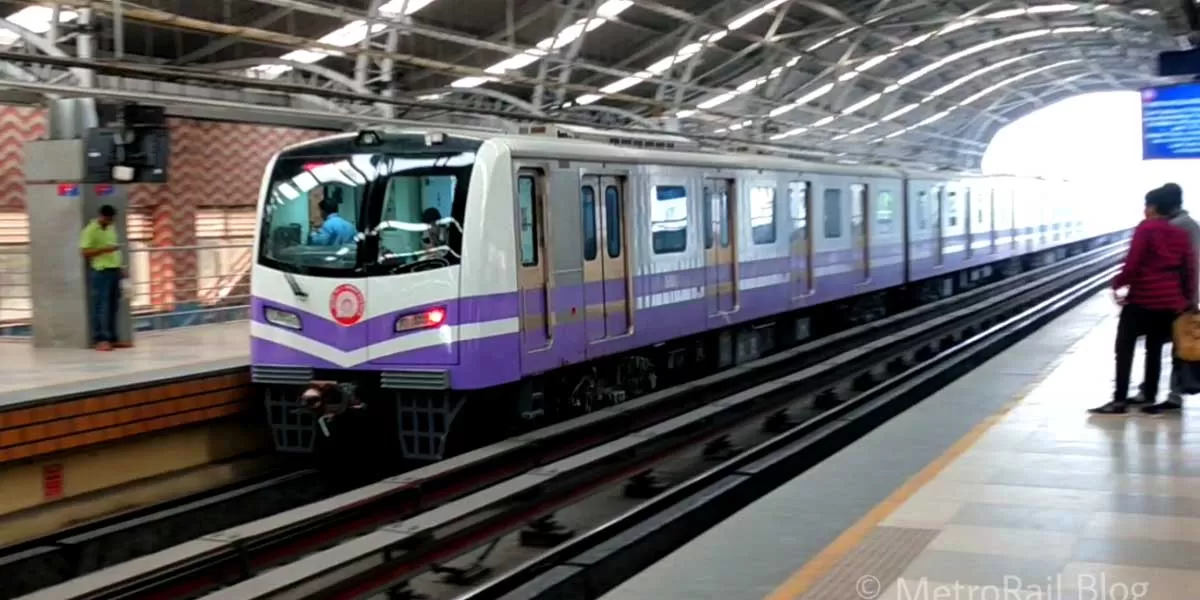
Kolkata Metro Introduces Multi-Ticket QR System
Starting February 28, Kolkata Metro Railway will allow commuters to purchase multiple paper-based QR tickets in a single transaction across all lines except the Purple Line (Joka-Majerhat). Until now, passengers could buy only one ticket per transaction, often leading to long queues and increased waiting times. The new system enables the purchase of up to seven tickets in one go, significantly improving ticketing efficiency and commuter convenience. The service will be available on the following lines: Blue Line (Dakshineswar-New Garia) Orange Line (New Garia-Ruby Crossing) Green Line (How..






